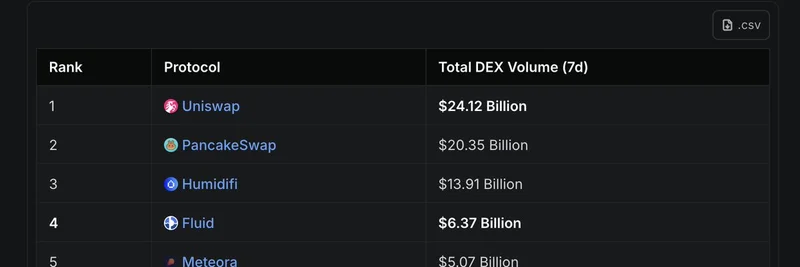In the fast-paced world of crypto, airdrops have become a go-to strategy for projects to distribute tokens and build community hype. But as a recent thread on X by @ashen_one points out, expecting recipients not to sell is just wishful thinking. Let's break this down and see what it means for meme token teams looking to thrive.
Airdrops are essentially free money drops—tokens given out to users who've interacted with a protocol, often through point systems where actions like staking or trading earn points redeemable for tokens. The catch? Most people farm these points precisely to cash out. Whether it's a small holder with a few bucks or a whale with millions, the incentive is profit. As @ashen_one notes, even early investors who poured big money into a project did so with an eye on eventual gains.
The longer a point system runs—say, over six months—the higher the chance of an instant dump. Why? Farmers have invested time and sometimes capital, and they're not about to pass up "free money." It's like racking up credit card rewards; of course, you're going to redeem them. In meme token land, where volatility is king, holding onto a new token feels risky when you can lock in profits right away.
This isn't about malice—it's rational behavior in a market full of opportunities. Blaming farmers for selling misses the point: projects need to anticipate this and plan accordingly. For meme tokens, which often rely on viral momentum rather than deep utility, unchecked sell pressure can tank prices fast, turning hype into a rug pull vibe.
So, how can teams fight back? @ashen_one suggests tools like staking rewards, buybacks, or token burns to absorb selling. But these need to be robust enough to counter the flood of tokens hitting the market. Take Ember Protocol, for example—they're flipping the script with a unique token approach to minimize dumps. It's a reminder that innovation in distribution can make or break a launch.
Look at success stories like Jupiter and Hyperliquid. These airdrops crushed it because:
- They were retroactive, rewarding past users of an already solid product.
- The tokens held value post-launch, with ongoing project growth keeping holders engaged.
No nukes to zero; instead, steady performance that made holding appealing. In contrast, most airdrops fizzle because they lack that foundation— no killer product or reason to stick around.
At the end of the day, only a handful of die-hards or risk-takers hold big airdrop hauls without selling. For meme token builders, the key is creating real value that outshines the quick flip. Understand your farmers, build mechanisms to ease pressure, and give the market a damn good reason not to dump. That's how you turn an airdrop from a short-term gimmick into a launchpad for lasting success.

